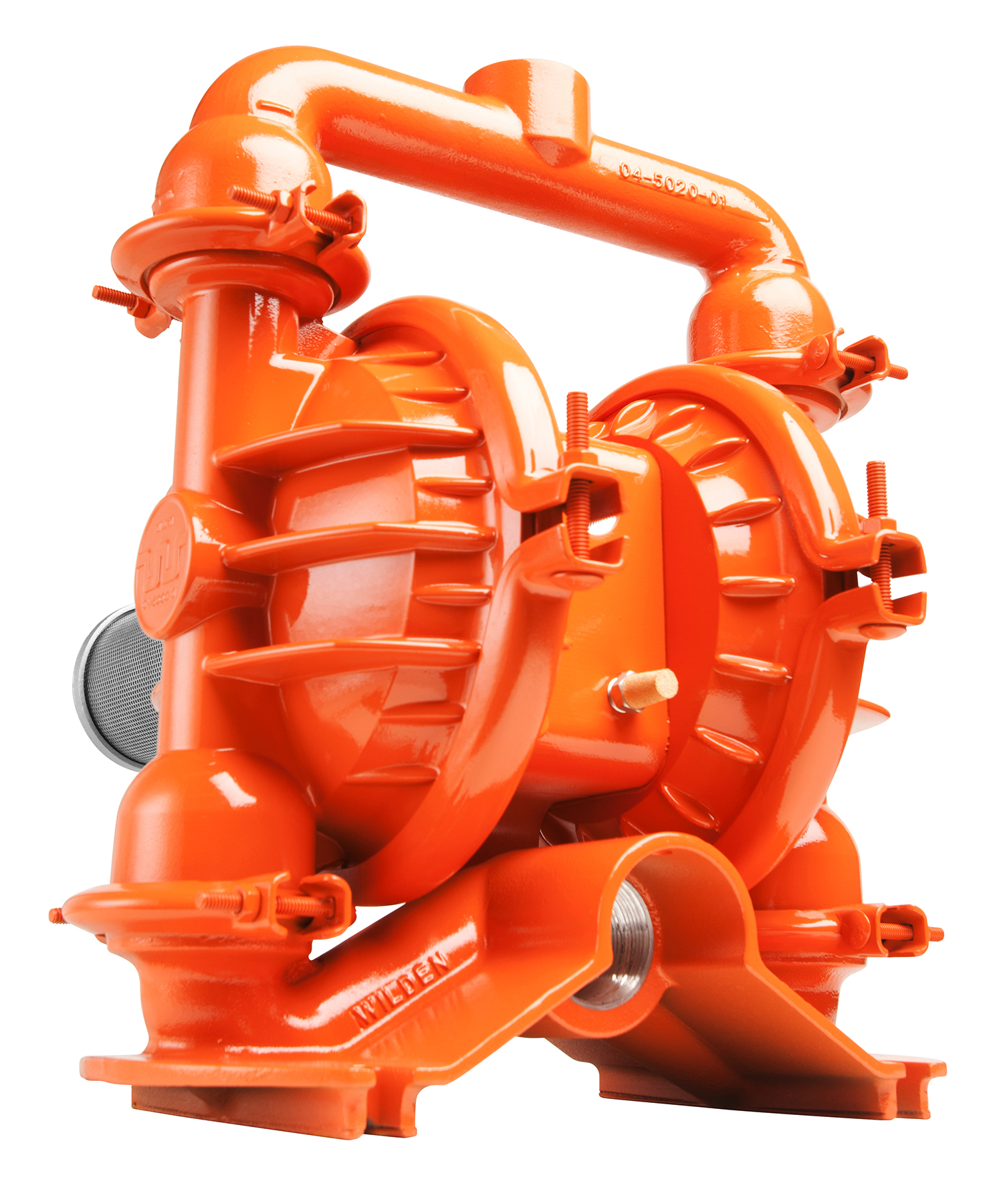The job of the production manager at a manufacturing facility used to be: Get to work in the morning, check the production schedule and balance the resources available. A critical step to performing that job was to make sure his equipment (i.e., pumps) were reliable, safe and simple to employ for the specific operation.
Over the past decade, however, a new factor has been thrown into the equation: efficiency, or, more specifically, “energy” efficiency. With utility costs rising and budgets shrinking, making manufacturing processes as lean as possible became a rallying call for industrial manufacturers. A secondary concern was decreasing the size of the manufacturing facility’s “carbon footprint,” or overall effect on the environment. Fortunately, reduced energy consumption almost always goes hand-in-hand with a carbon-footprint reduction.
As manufacturers made their needs known for increased energy efficiency, pump manufacturers responded with new models that were designed to operate in as bottom-line friendly a way as possible. But what about performance? While these new “green” pumps may lower the electric bill, are they still able to meet the production quotas that are a manufacturing operation’s stock-in-trade? Was the manufacturing industry cutting off its figurative nose in order to spite its face?
Since its invention in 1955 by Jim Wilden, air-operated double-diaphragm (AODD) pump technology has gained a well-earned reputation for outperforming other positive displacement pump styles—such as lobe, gear and progressive cavity—in the most demanding liquid-transfer applications. Because of this ability to perform in the most rugged and severe of operating conditions, AODD pumps have become a common choice in many manufacturing operations.
From the beginning, however, the operation of AODD pumps have posed a quandary for their manufacturers and end-users, namely how to optimize performance while eliminating the amount of wasted compressed air, which is an added cost of operation.
Adhering to Jim Wilden’s commitment to ingenuity and innovation, his eponymous company—Wilden® Pump & Engineering Company, LLC, Grand Terrace, CA, USA—has taken great pains to develop air distribution systems (ADS) that not only more adequately control the amount of compressed air that is wasted during operation, but do it while maintaining required product-yield rates.
With that in mind, Wilden has produced a true game-changer in the search for optimized AODD pump air consumption and operational efficiency in process-related pumping applications. Wilden’s new Pro-Flo™ SHIFT ADS is not just an incremental improvement in ADS technology, but an entirely new way of looking at how pneumatic pumps operate.
The Pro-Flo SHIFT restricts the “overfilling” of air into the air chamber near the end of each pump stroke so that only enough air is introduced to keep the pumping process going. This is accomplished through the incorporation of an air control spool that automatically meters the air to prevent overfilling with no reduction of product yield. The result is a reduction in air consumption and wasted energy, while required flow rates are maintained.
In side-by-side tests with competitive AODD pump technologies, it has been determined that Wilden’s new Pro-Flo SHIFT pump models—which are available in six total configurations featuring three sizes and either clamped or bolted construction—achieve up to a 60% savings in air consumption, which equates to a higher product yield per scfm of air that is consumed. This results in the industry’s fastest return on investment and an annual savings of up to $4,800 per pump.
Most important, it also means that facility managers can now arrive at work every morning knowing that their Wilden pumps will not only meet strict production quotas, but also do it in the most cost-effective, energy-efficient and safest manner possible.
For more information on the Pro-Flo SHIFT, please visit www.profloshift.com.
We are always interested in hearing about any equipment-related successes you have had in any of your operations. If there are any recent instances where an AODD pump system with an advanced ADS has helped optimize your fluid-handling performance or increased your energy efficiency, please send me an email at Kevin.hogue@psgdover.com.




